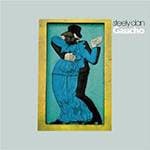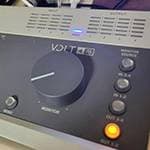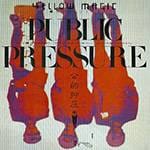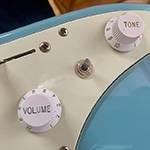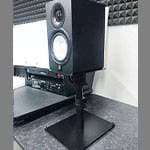Last time, I introduced the rare and exceptional harmonica player Toots Thielemans and went into detail about some of his albums.
Can the harmonica really take center stage in a band ensemble? Normally, I would have said no… or so I thought. But in reality, this is not the case.
When I was 16 and playing acoustic guitar, I listened to a live album by Takuro Yoshida called Tomodachi.
Takuro Yoshida was playing backed by his own band, and what he was playing was the blues harp—in other words, the harmonica.
The blues harp is a simple and surprisingly easy instrument to play, but it requires matching the key to the song, and I remember giving up on it at the time due to financial constraints.
Its sound was raw and earthy—just as the name implies, it had a truly bluesy tone. While I thought it sounded cool, I also found the tone a bit hard to get used to.
On the other hand, the intro to “Matsuri no Ato,” a track from Takuro Yoshida’s classic album Genki Desu., also features the harmonica.
This song leaves a strong impression with its high humidity and languid mood as Yoshida’s music and Osami Okamoto’s lyrics come together. The harmonica phrase, played as if wrung out in the intro, beautifully portrays the scene of the song. I think the harmonica is a very effective instrument for highlighting a certain lyricism found in Japan’s yojōhan folk music.
That said, when playing with friends, was the harmonica really necessary? Not necessarily—it was possible to just get by with chord strumming. As a 16-year-old high school student, I didn’t have a strong sense of needing to fully cover a song, and the harmonica wasn’t the kind of instrument that gave me that level of motivation.
Adding some harmonica to rock...
Alongside folk songs, I was also listening to British progressive rock, hard rock, and American West Coast rock. Among them, I especially loved Stampede by The Doobie Brothers. I remember that listening to West Coast music somehow made me feel refreshed.
That said, at the time, I couldn’t even tell which music was from America and which was from the UK (laughs).
Also, I heard a very famous song by The Doobie Brothers that featured a harmonica solo—and it gave me a kind of shock.
■ Recommended Album: The Captain and Me by The Doobie Brothers (1973)
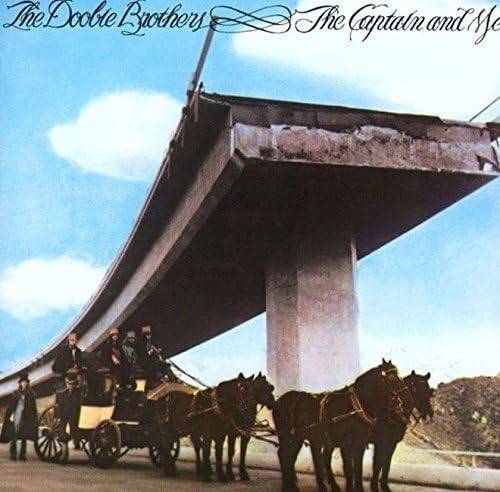
This 1973 masterpiece contains two of The Doobie Brothers’ signature songs: “China Grove” and “Long Train Runnin”, both are iconic tracks.
With its dry sound and Tom Johnston’s piercing high-tone vocals, it showcases the quintessential West Coast sound.
What elevates The Doobie Brothers’ driving energy on this album is the presence of Little Feat’s keyboardist Bill Payne, who participated as a supporting musician.
Without Bill’s energetic piano performance on “China Grove”, the song simply wouldn’t be the same. His contribution to the album is truly significant.
Recommended Track: “Long Train Runnin”
Someone once said that when you hear the guitar cutting intro in Gm7, you can see the California horizon, and I think that’s exactly right. It’s an eternal classic from The Doobie Brothers.
I still play “Long Train Runnin” in the rock band I’m in. I don’t listen to much rock these days, but this is one song I really love.
I always wished the Doobies had produced more songs like this. There are plenty of similar tracks like “Wheels of Fortune,” but this one is by far the best.
In this song, Tom Johnston, who also sings and plays guitar, performs the harmonica solo himself.
This harmonica solo, which stands in stark contrast to that of Toots Thielemans, may have been improvised or written. I'm not sure, but the melody line is so good that I can still sing it all by heart to this day. The melody is clear and has a simplicity that makes it memorable to everyone.
While I previously described the harmonica as being good at conveying a sense of melancholy, this solo contains none of that. Instead, it conveys the unique power and drive that the harmonica can deliver.
The humid emotional quality embedded in Japanese folk songs is absent here. Instead, it’s filled with the dry air of California.
It goes without saying that this track and its solo completely turned the image I had of the harmonica on its head as an instrument.
■ Recommended Album: Quincy Jones – Smackwater Jack (1971)
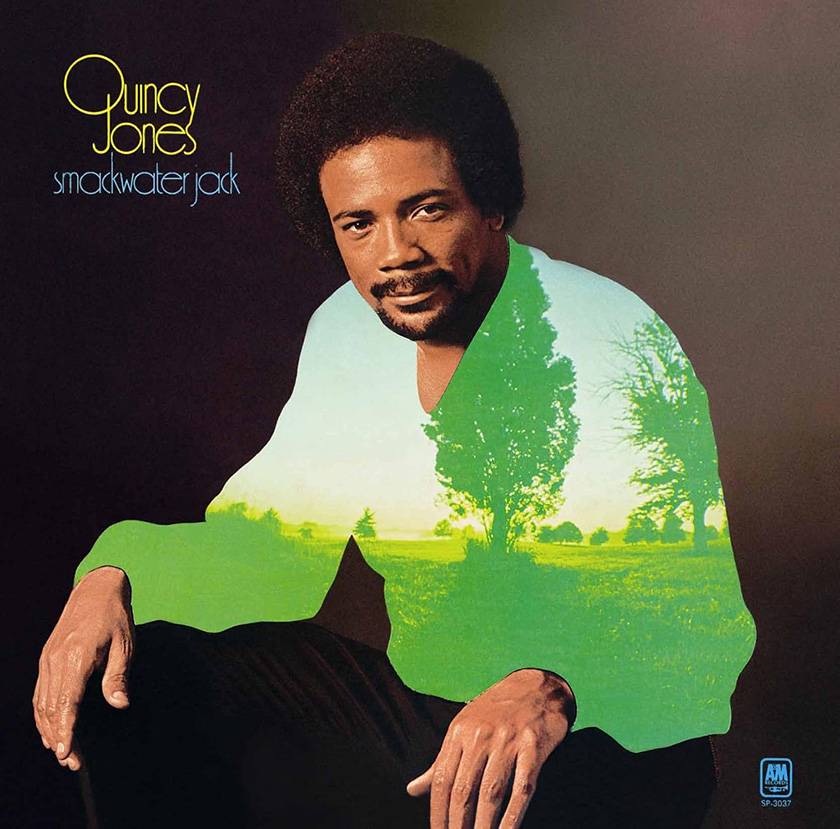
Released in 1971, Smackwater Jack is a masterpiece album produced by Quincy Jones in collaboration with Phil Ramone and Ray Brown. Featuring the TV drama theme song “Ironside”, the album skillfully fuses elements such as pop tunes and big band jazz, surprising even the most conservative jazz fans.
The lineup includes top-tier jazz musicians such as Toots Thielemans, Jim Hall, Joe Beck, Freddie Hubbard, and Ray Brown. In addition, Quincy brought in rising talent from the pop and soul fields—Bob James, Joe Sample, Chuck Rainey, and Eric Gale—who would later go on to great success and contribute to Quincy’s vision of creating a new kind of music.
Recommended Track: “What’s Going On”
While the keyword for Three Views of a Secret was “pathos”, this track captures an expression at the complete opposite end of the emotional spectrum.
At first, it seems like a light pop tune led by a Fender Rhodes piano intro, but in the final section, just after the vocal part ends, the rhythm shifts into a 4-beat jazz swing. Amid a complex structure where verse and chorus intertwine, top-tier musicians take turns with improvisations on flute, trumpet, guitar, vibraphone. And among them, unexpectedly, Toots Thielemans delivers a harmonica solo.
I had believed that the harmonica was all about expressing melancholy and lyrical sensitivity, but hearing this performance woke me up to how wrong that assumption was.
The harmonica is an instrument whose tone varies with breath control, and in Toots’s solo, that expressive potential is simply extraordinary. While it may concede sheer volume to the flute or trumpet, the richness and strength of its tone through a microphone far surpass those instruments. This track makes that abundantly clear.
Not only lyrical, but Toots Thielemans’s solo is also powerful and expressively rich in tone—this compelling sound is a reminder of why Toots Thielemans remained one of the greatest players of all time. Melancholy and Strength
Toots Thielemans was a true master who could freely wield both of these emotional expressions.
Musicians, Albums, and Recommended Tracks Featured in This Article:
- Artists: Toots Thielemans, The Doobie Brothers, Tom Johnston
- Albums: The Captain and Me, Smackwater Jack
- Recommended Tracks: “Long Train Runnin’”, “What’s Going On”
The “sound & person” column is made up of contributions from you.
For details about contributing, click here.






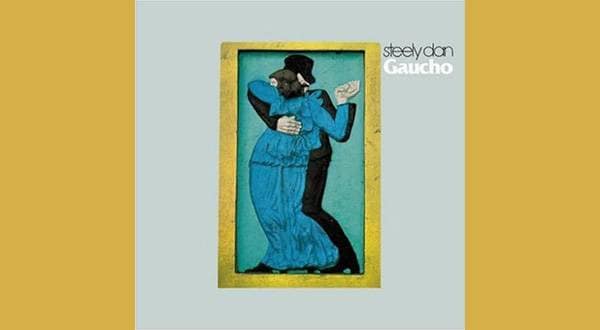
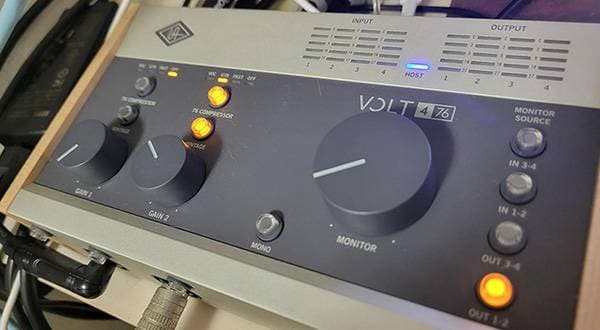
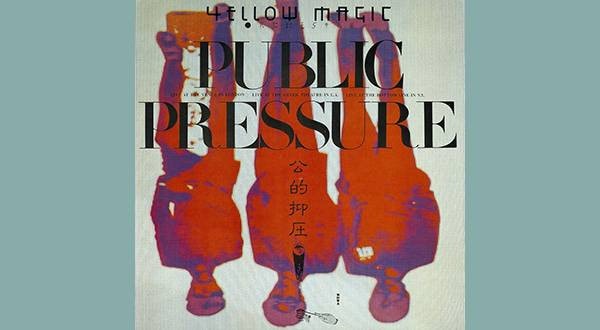
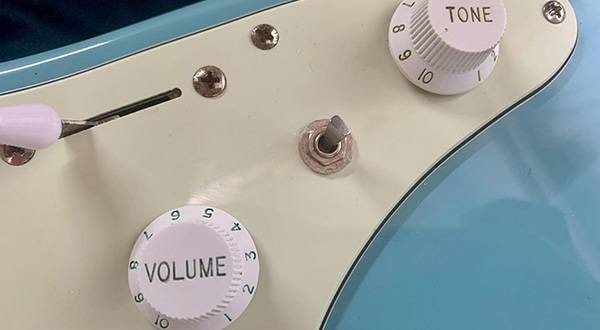
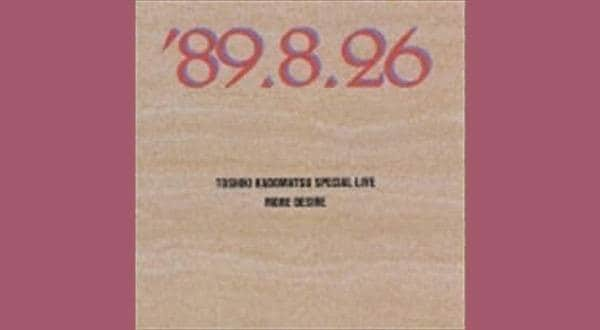


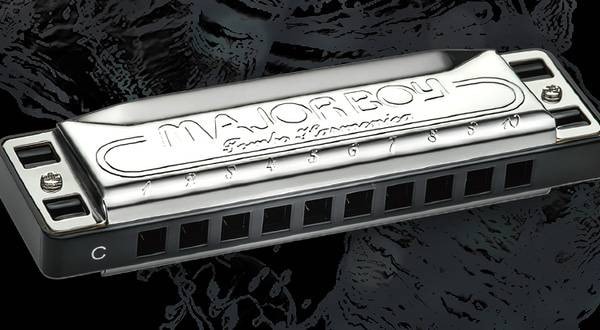

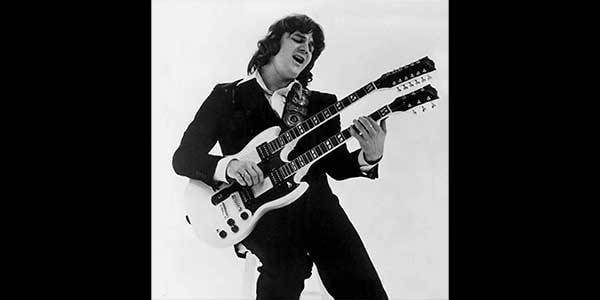
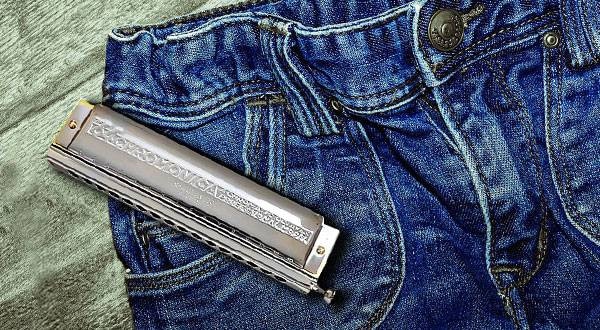
 フェンダーアコースティックギターのすゝめ
フェンダーアコースティックギターのすゝめ
 TOMBO ハーモニカ特集
TOMBO ハーモニカ特集
 ハーモニカスタートガイド
ハーモニカスタートガイド
 HOHNER ハーモニカ特集
HOHNER ハーモニカ特集
 SUZUKI ハーモニカ特集
SUZUKI ハーモニカ特集
 超オススメのフレーズ道場 アコースティックギター
超オススメのフレーズ道場 アコースティックギター
